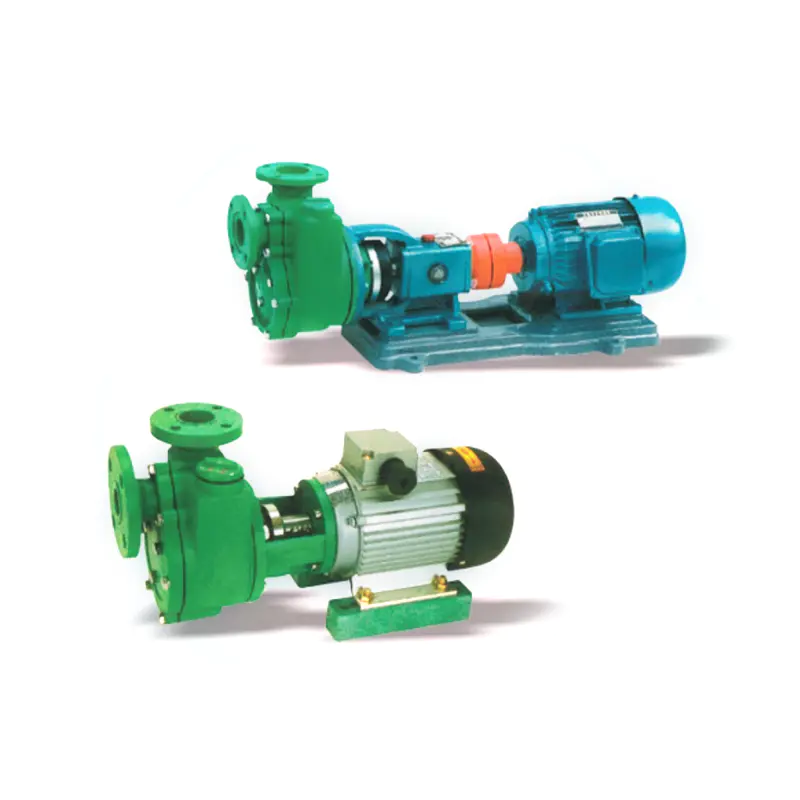Marine desalination platforms endure relentless salt spray, vibration, and space constraints. A corrosion resisting self-priming centrifugal pump thrives in this environment by combining duplex stainless steel casings, elastomer-lined priming chambers, and compact vertical configurations. These pumps draw seawater from sea chests located below the waterline, then boost it through multimedia filters and reverse-osmosis membranes.
Duplex alloys provide pitting resistance equivalent to 316L at half the wall thickness, saving weight and footprint. Elastomeric liners isolate seawater from internal castings during priming, preventing crevice corrosion in stagnant zones. The self-priming mechanism tolerates entrained air and foam generated by wave action, ensuring continuous flow even when vessels roll.
Energy recovery devices integrated downstream reduce overall power demand, but the high-pressure feed pump remains the largest consumer. A corrosion resisting self-priming centrifugal pump equipped with variable frequency drives modulates flow to match membrane fouling rates, maintaining optimal flux while minimizing membrane scaling. Predictive analytics compare real-time power signatures with historical baselines, flagging impeller erosion or seal leakage weeks in advance.
Installation on floating platforms requires flexible couplings and expansion joints to accommodate hull flexure. Stainless rails allow quick cartridge removal without crane support, while drip pans channel minor leakage to holding tanks for compliant disposal. Routine tasks include monthly vibration trending, quarterly oil changes with synthetic esters, and annual ultrasonic wall thickness surveys. With disciplined care, these pumps deliver decades of reliable freshwater production in the planet’s harshest maritime environments.


